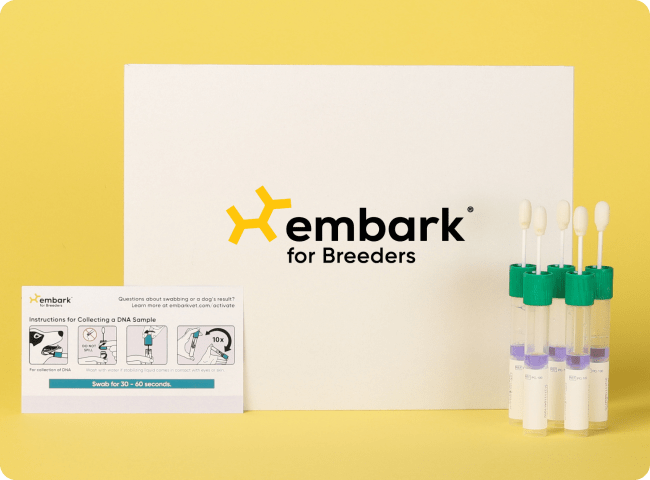Hypocatalasia, Acatalasemia
Catalase is important in fighting reactive oxygen species, which can cause cellular damage. Fortunately, many enzymes can break down reactive oxygen species; as such acatalasemia is usually a benign disease: however, some acatalasemic dogs suffer from what is known as Takahara’s disease, where patients have progressive mouth ulcers.
-
Signs and symptoms
Most dogs show no clinical signs of this disease. Affected dogs can have oral ulcers and difficulty eating.
This condition is most often diagnosed in adulthood. -
Diagnosis
This condition is diagnosed through genetic testing. Oral disease can be diagnosed during a complete physical examination by your veterinarian. Some dogs require sedation for an oral exam due to pain.
-
Treatment
No treatment is required unless mouth ulcerations are present. Ulcerations cause an increased susceptibility to oral infections, which must be monitored closely. Treatment options include regular dental care, judicious use of antibiotics, and soothing mouth sprays and rinses.
-
What to do if your dog is at risk
Actions
- Please follow your veterinarian's advice to maintain your dog's dental health.
-
Genetic Information
This mutation was first identified in a Beagle.
Acatalasemia is inherited in an autosomal recessive manner, meaning that affected dogs must have two copies of the mutation to show clinical signs.
Gene names:
CAT ‐ chr
Inheritance type:
recessive
Citations:
-
Breeds affected
This health condition affects the following breeds
Learn about your dog’s unique genetic health
Dog owners
Breed identification, health and trait insights, personalized care recommendations, and the world’s first canine relative finder—all in one leading dog DNA test.
Learn about the report for dog ownersShop the test
Breeding programs
Embark’s test for breeding programs is one comprehensive DNA test designed with your needs in mind.
Learn about the report for breedersShop the test



